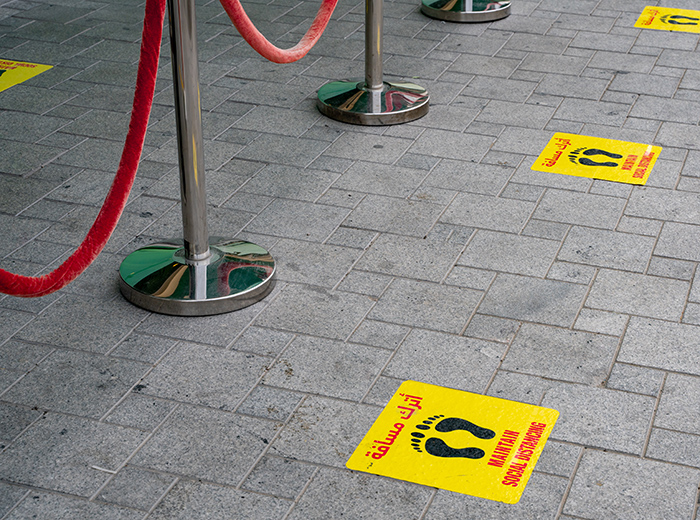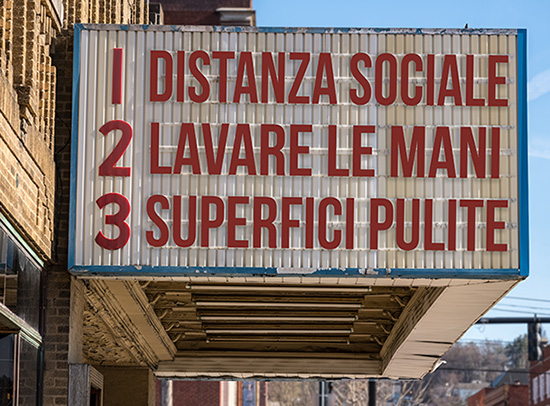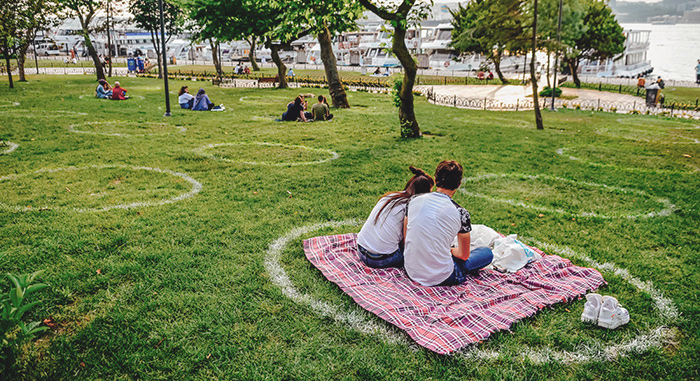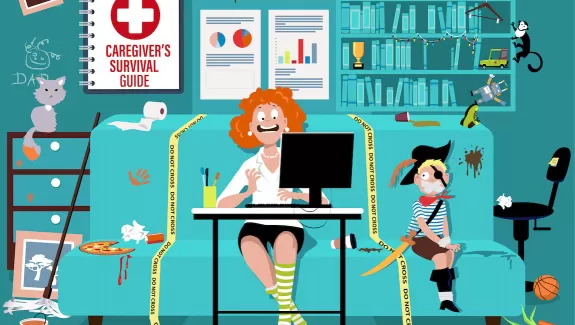
Engineering Safe Behavior in a COVID-19 Environment
 Social distancing to many public health leaders and politicians is the COVID-19 Rosetta Stone. In the absence of a vaccine, if we can understand and manage social distancing, it may be possible to reverse the awful upward trend in the infection data in many American states that we have seen in the month of June. Achieving social distancing has nothing to do with rules or instructions or admonition; it has to do with arranging environments to bring about desirable behavior.
Social distancing to many public health leaders and politicians is the COVID-19 Rosetta Stone. In the absence of a vaccine, if we can understand and manage social distancing, it may be possible to reverse the awful upward trend in the infection data in many American states that we have seen in the month of June. Achieving social distancing has nothing to do with rules or instructions or admonition; it has to do with arranging environments to bring about desirable behavior. Appealing to people’s moral and ethical senses sounds like a good idea, but it isn’t a workable one. Many of us would, and do, respond to such requests forthrightly. However, many of us, for whatever reasons, do not. Such appeals are like any of the millions of signs one sees on a random walk through almost any area of any part of the world. Some signs mean what they say, but enough do not, so that at least as many as are followed are not followed. The governor of West Virginia, when asked about enforcing the use of face masks and social distancing, demurred, and appealed instead to people’s personal freedom, preferences, and comfort in engaging in such practices. (A long silence by the present writer ensues.)
Appealing to people’s moral and ethical senses sounds like a good idea, but it isn’t a workable one. Many of us would, and do, respond to such requests forthrightly. However, many of us, for whatever reasons, do not. Such appeals are like any of the millions of signs one sees on a random walk through almost any area of any part of the world. Some signs mean what they say, but enough do not, so that at least as many as are followed are not followed. The governor of West Virginia, when asked about enforcing the use of face masks and social distancing, demurred, and appealed instead to people’s personal freedom, preferences, and comfort in engaging in such practices. (A long silence by the present writer ensues.)
One can certainly understand politicians and other administrators of our economy, as well as all of us comprising the general public, wish to open things up and get people out, socializing, and buying again. But, really, saying people have to make personal choices about ways of behaving that affect all of us, is like saying we don’t want you to commit murder, but we can’t stop you if you feel you have to do it.
Social distancing and other safe practices in a COVID-19 environment invites stronger actions than invoking a sense of personal responsibility. The latter may be necessary, but it is not enough. These practices need to be considered as behavior in need of management. Here are some examples of how this is being done creatively. I, for one, love the spaces in parks marked in 6-foot diameter circles to remind people how to stay apart, and what six-feet really is. People “naturally” drift toward one another without distinct environmental features to gently but directly guide their behavior.
I, for one, love the spaces in parks marked in 6-foot diameter circles to remind people how to stay apart, and what six-feet really is. People “naturally” drift toward one another without distinct environmental features to gently but directly guide their behavior.

Another elegantly simple example of environmental engineering of social distancing took place recently in the beach town where I live, The beaches here re-opened sooner than they should have, in my opinion, but open they are. At the beach nearest our house, the community leaders had the good sense to take the two paths from the parking area to the beach and make both one-way paths, one leading to blue water and the other away from it back to the parking area. Automatic social distancing. Simple and ingenious.
If the cool kids wear facemasks, might not all the kids be likely to do so?
Being safe in a COVID-19 environment should be of concern to everyone. That it is not is also a problem in need of a behavioral solution.


